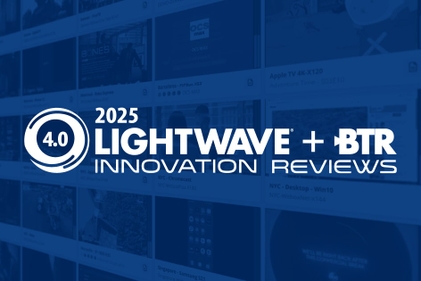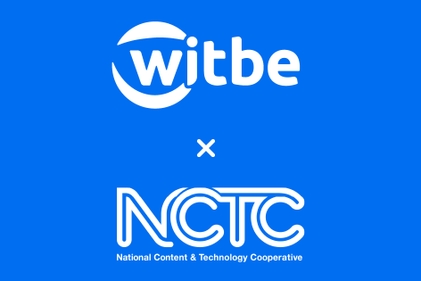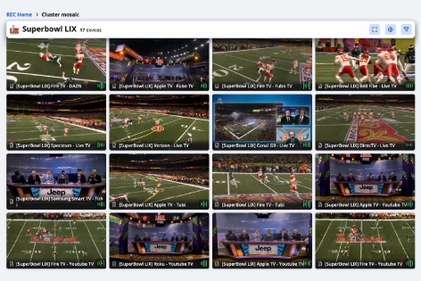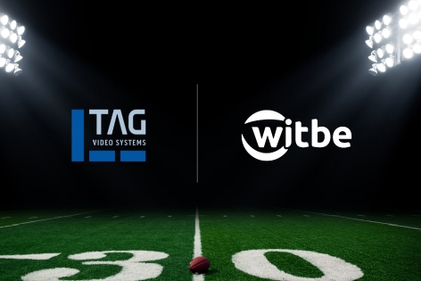In recent years, Android TV gained a lot of momentum and popularity. Compared to 2016 where only 8 companies partnered with google, we now see more than 140 businesses using Android TV to roll out their Smart TVs or Set-Top Boxes. But what actually is Android TV?
A great way of making a TV smart, that comes with a few challenges.
Android TV is a way for you as an operator to provide a TV experience that is smart, easy-to-use, and has a recognizable interface. Provided by Google, the Android TV OS sits on top of your hardware, and saves you the hassle of making your own system while giving you access to Google’s Ecosystem. This includes out-of-the-box access to apps like Netflix, Hulu, Plex, HBO, and important functionalities like voice control and deep search.

Google’s solution becomes a great way to save overhead on implementing key features when trying to bring a new TV experience to your consumers. What’s also great is that Android TV can still be customized to provide the experience that you want to your customers. As an Operator using Android TV, you can modify the OS to personalize the user experience and journey, and most importantly control the content that your audience interacts with. From the brand experience to the security, analytics, and billing, you keep complete control of how your user is interacting with your TV content.
While Android TV is a great way of bringing a unique TV experience to your consumers, it also brings a few new challenges that are important to consider. This is what we will be looking at to day.
“[Consumers] won’t hesitate to switch back to their Apple TV or the application embedded in their smart TV if Netflix does not work properly on the STB you provide.”
Challenge #1: How to be the users’ preferred way of consuming video content on their TV?
In today’s consumer centric world, the customer’s home is filled with many different devices, and they expect a flawless delivery from each one of them. So, as an operator using Android TV, the first challenge arises: How do you ensure that the users will choose your product to fulfill their TV needs?
The answer is to test and monitor your experience to ensure a better one than your competitors. The TV is home to many different apps and services, and while those services are directly provided by Google as part of the Android TV OS, the end-users will put responsibility on you if issues impacting their experiences arise. They won’t hesitate to switch back to their Apple TV or the application embedded in their smart TV if Netflix does not work properly on the STB you provide.

At Witbe, we have a saying: “You can’t improve what you do not measure.” As such, there are four elements that are important to test and monitor:
- The quality of your own application, obviously
- How your app interacts with Google’s ecosystem
- The quality of all third-party apps like Netflix and Hulu
- How those apps interact with your own services.
Only then will you be able to ensure a flawless delivery to your customers to keep them using your products.
Challenge #2: How to ensure that your content is properly indexed and accessible?
By now, you know that a user can fulfill his TV needs through many different devices. But for each device, there is even more apps that can be used to watch content. We also know that the Android TV OS gives you access to include popular apps like Netflix and Hulu without having to spend time integrating them.
That brings up the issue of being able to control which apps and services are first presented to your customers.

If a user is looking for a movie through the search function or voice control, you need to make sure that the first option presented is the one that you want them to click on. Otherwise, you might risk a customer not renting the movie on your platform, leaving because they can’t find what they are looking for, or mistakenly access a content that is not appropriate to the viewer in question.
To keep that from happening, you need to find a way to automatically test and monitor regularly that your content is properly indexed after each asset ingestion.
Continous integration (CI/CD) is not enough to catch regressions as multiple cloud services are updated without notice.
Challenge #3: How to ensure a consistently good experience throughout the evolution of your product?
In exchange of being able to access all the Android TV features right out-of-the-box, you relinquish part of the control back to Google who is responsible for the evolution of the OS. This means that they can push any update at any time, and you can never be sure where a new release is going to positively or negatively impact the way your content is being delivered to your end-user. So how can you ensure a consistently good experience for your users when you can’t fully control the evolution of your product? You can do that by putting in place a way of constantly monitoring your services and benchmark their QoE throughout time. That way you can compare how your services are performing before and after an update, telling you exactly if there was an impact on the QoE of your services and if so, what it precisely was.
20 years of experience to bring you the best answer to tackle those challenges.
We’ve seen three challenges that come with using Android TV to bring a new TV experience to your users. The good thing is that after 20 years of experience in testing and monitoring the quality of experience of critical services, we - at Witbe - have considered the best ways to help you with those. By leveraging the power of our robots, you can automatically test and measure the quality of your services so that you have the right information to ensure the best for your end-users.
If you are interested in learning more about our technology, you can read about how we can help with Smart TV automated testing or STB test automation .
You can also speak with us directly by clicking on the bottom right corner of your screen to access a live chat, or follow this link to send us an email: contact form!




